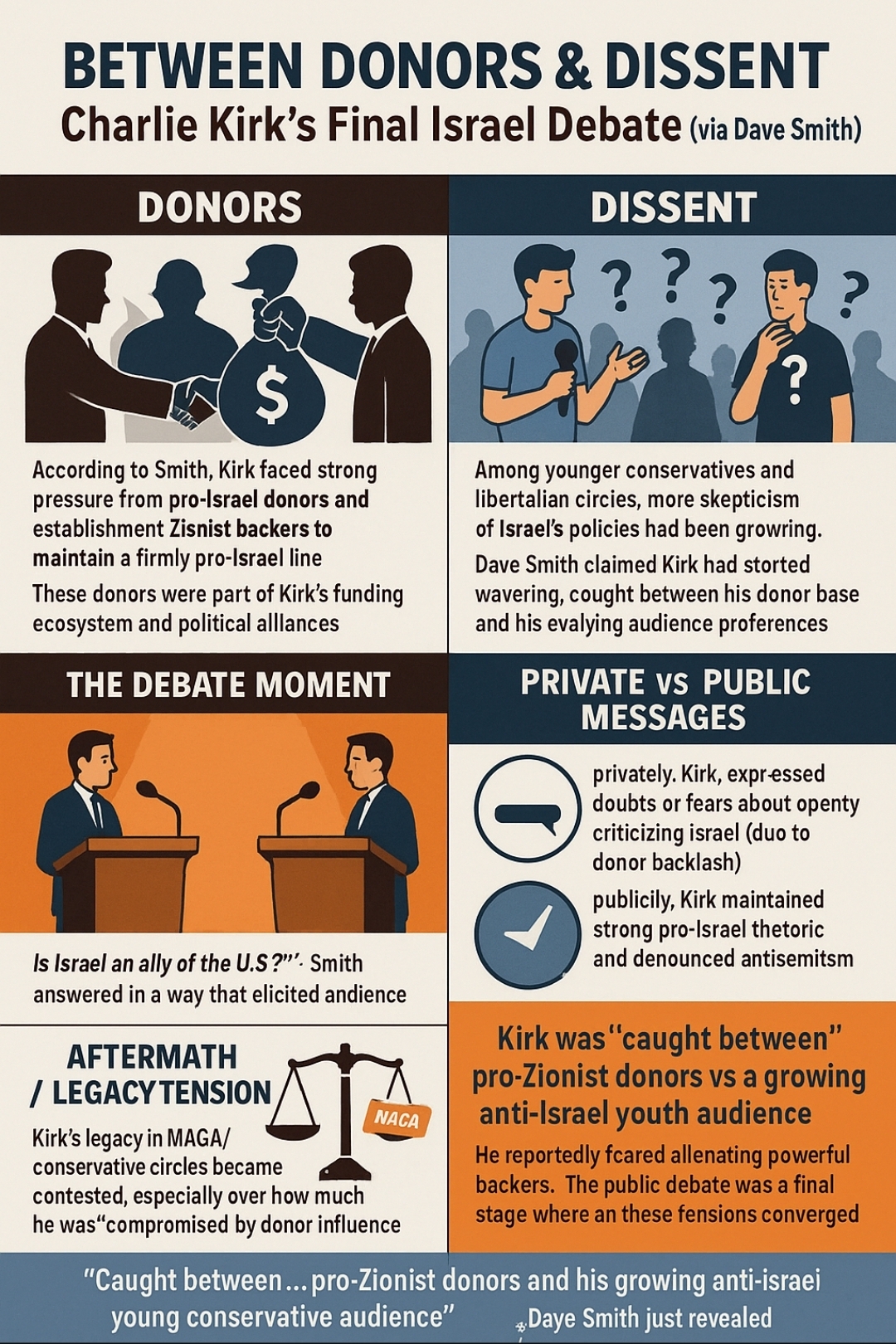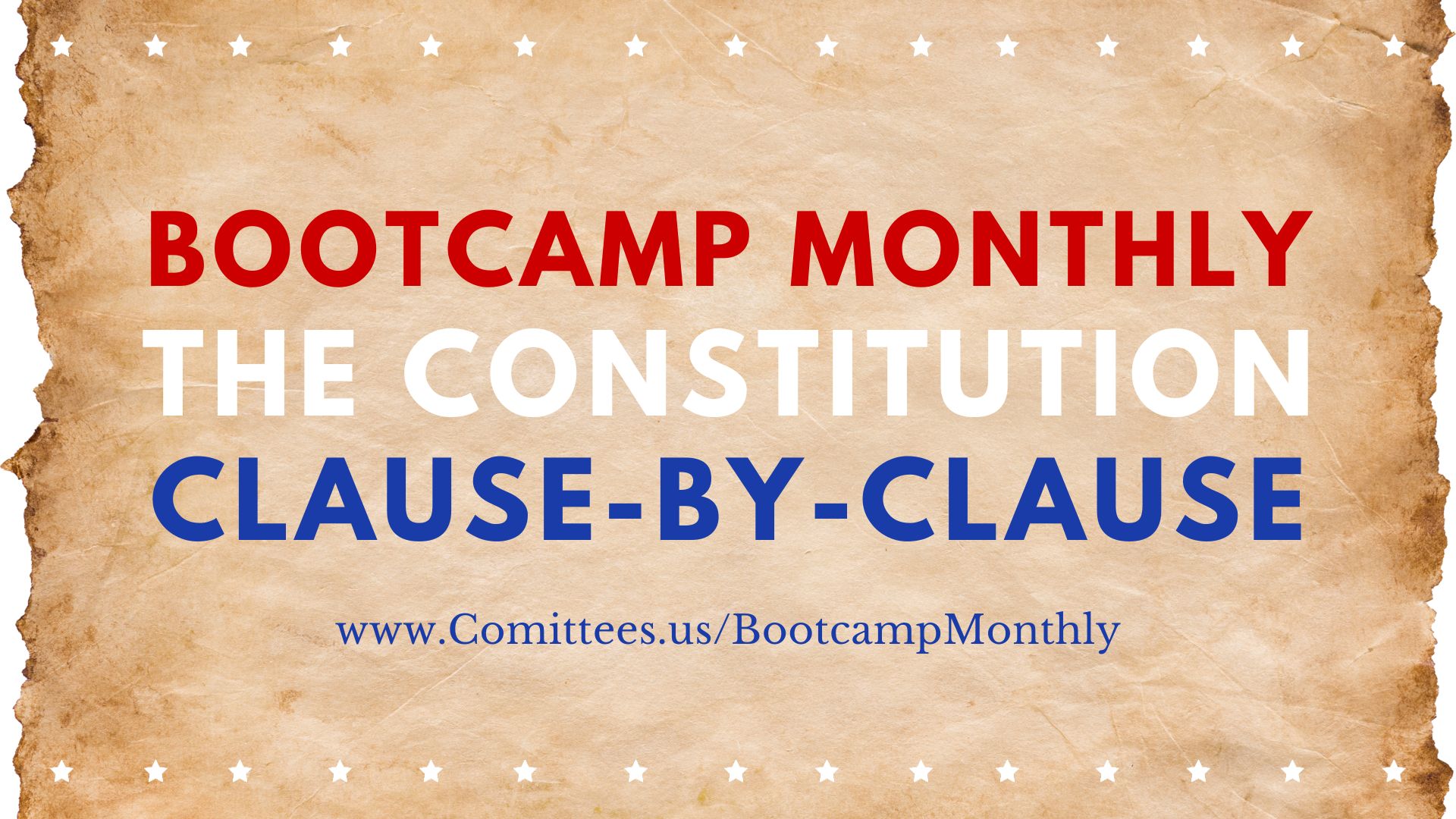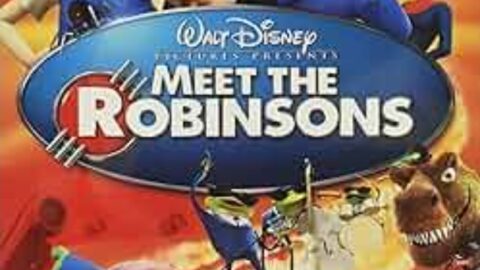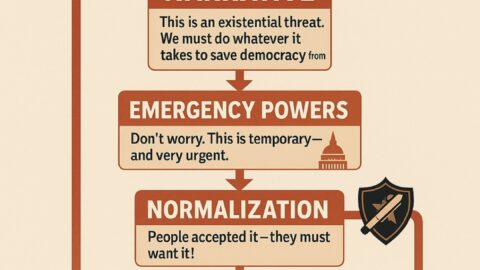Dave Smith’s account—amplified by Liberty Vault’s recap—doesn’t prove a wholesale conversion by Charlie Kirk on Israel. It does, however, depict a leader actively wrestling with the issue while navigating donor pressure and a youth movement growing more skeptical of unconditional support. That tension—not a tidy narrative—best explains his final months.
What Dave Smith Affirms (and Doesn’t)
- No accusation of Israeli involvement in the killing. Smith separates questions about the shooter from questions about Kirk’s worldview.
- Real curiosity about Israel policy. Smith argues there’s credible evidence Kirk was reconsidering parts of the standard line, even as he remained broadly pro-Israel.
Bottom line: The story here is state of mind and pressure dynamics, not a murder theory.
The Green Room: Signals Without Soundbites
- Smith describes a cordial, candid pre-debate exchange with Kirk (and later, Josh Hammer).
- Kirk reacted to Smith’s critiques of neoconservatism/Zionism with goodwill, then pivoted to faith and holy sites—a classic move to hold space for reverence while avoiding policy concessions.
- Smith’s felt sense: Kirk “knew I had a point,” but wasn’t in a position to concede it openly—especially with donors watching.
Read: A leader balancing personal conscience against institutional realities.
The Texts: Two Pieces of Concrete Evidence
- After the Douglas Murray debate (Apr 13):
Kirk: he’s “more on the pro-Israel side,” yet disagreed very little with Smith’s arguments and praised Smith for using primary sources.
Implication: Respect for hard critiques—unlike the reflexive hostility of movement gatekeepers. - Embassy murders post (May 22):
Kirk condemns the killings and pushes back on blaming critics of Israel for them. He invites Smith to a podcast to discuss differences “light-heartedly,” adding that they likely agree on more than people think.
Implication: Rejection of guilt-by-association tactics and an openness to debate.
Taken together: Not Shapiro/Levin. More nuanced, dialogical, and conflicted.
On Stage vs. Off Stage: Incentives at Work
- In private, Josh Hammer agrees to civil discourse; on stage, he opens by saying he’s “disgusted” to share a platform with Smith.
- The performative switch underscores the incentive structure: elite approval rewards public piety, not honest disagreement.
- The crowd reaction favored Smith—evidence of a generational shift inside the right’s activist base.
Donor Gravity and the TPUSA Bind
- Unlike independent voices (Owens, Carlson), Kirk ran TPUSA, which depends on large donors while mobilizing young conservatives who are less pro-Israel than their parents.
- Reports of heavy donor pressure (e.g., from billionaire allies) align with Smith’s sense that Kirk felt squeezed after hosting Israel-skeptical voices.
Result: Kirk became the bridge—and the friction point—between capital and constituency.
Posthumous Rebranding and Why It’s Contested
- After the assassination, Netanyahu-aligned messaging recast Kirk as an unwavering loyalist.
- Smith’s texts, Tucker’s account (“go full bore”), and Candace Owens’ reporting complicate that tidy portrait: Kirk was platforming dissent, listening, and pushing back on smear tactics.
Why the push to simplify? With younger conservatives cooling, claiming Kirk as a pure ally shores up the narrative beachhead.
What This Reveals About the Movement
- Narrative Sovereignty: Who tells the story of a leader’s beliefs—the man’s evolving record or the interests that benefited from his earlier posture?
- Influence Economics: Donor ecosystems expect message discipline; deviation invites punishment.
- Generational Realignment: The youth right is more open to restrained foreign policy and criticism without slurs.
- Leadership Cost: Running a donor-funded org while serving a shifting base creates a personal moral hazard.
Open Questions
- Are there additional messages (texts, emails) that further clarify Kirk’s late-stage views?
- What internal guidance did TPUSA circulate after the Tucker/Smith event?
- Which specific donor demands were tied to Israel messaging and bookings?
- Why the posthumous insistence on portraying Kirk as indistinguishable from the movement’s most hardline voices?
Conclusion
Dave Smith’s testimony doesn’t canonize or condemn; it humanizes. Charlie Kirk, in this telling, wasn’t a slogan—he was a struggle: a Christian patriot moved by holy places, a movement builder aware of donor leverage, and a public figure increasingly willing to hear—and host—hard truths. In a politics that rewards certainty, his last months looked like conscience under constraint.
Dave Smith on Charlie Kirk’s Final Days: What He Saw, What He Read, What It Means
Overview
Liberty Vault’s recap of “Dave Smith Shares THE TRUTH About Israel and Charlie Kirk’s Final Days” centers on one question: Was Charlie Kirk shifting on Israel before he was killed? Smith doesn’t allege Israeli involvement in the murder; instead, he focuses on Kirk’s state of mind, donor pressure, and how elites tried to script Kirk’s legacy. Below is a point-by-point article drawn from the transcript.
1) Smith’s Guardrails: No Accusation of Israeli Involvement
- Smith explicitly separates two issues:
- A. Who killed Kirk? He says he sees no evidence Israel did it.
- B. What was Kirk’s evolving view on Israel? He says that’s a legitimate, separate question.
- He cautions against conflating evidentiary gaps in the FBI narrative with a leap to foreign culpability.
Why it matters: This keeps the focus on Kirk’s convictions and the political struggle around them, not on unproven claims.
2) Candace Owens’ Prompt & Tucker’s Confirmation
- Owens calls on Smith and Tucker Carlson to share what they know about Kirk’s mindset.
- Smith reports Tucker told Kirk he might discuss Epstein/Israel on stage; Kirk replied: “Do it. Go full bore. Tell the truth.”
- Smith notes this corroborates reporting that Kirk faced heavy pressure over Israel content yet chose to platform dissenting voices.
Takeaway: Kirk wasn’t shutting critics out; he was green-lighting them.
3) In the Green Room: Vibes vs. Proof
- Smith describes cordial pre-debate conversations with Kirk (and later with Josh Hammer).
- Smith felt Kirk “knew I had a point” about neoconservatism’s fusion with Zionism—but admits no hard quote that proves a change.
- Kirk often defused tension with kindness and then pivoted to faith, holy sites, and Christian ties to Israel.
Reading: A leader balancing faith sentiments with growing discomfort about policy and power.
4) Donor Gravity: The Squeeze Around TPUSA
- Smith references reports of billionaire donors (e.g., Bill Amman) and figures like Seth Dillon exerting pressure.
- After the TPUSA event that hosted Tucker and Smith, Kirk reportedly felt “frightened” by backlash.
- The audience reaction favored Smith over Hammer—evidence of a youth conservative drift away from unconditional backing of Israel.
Implication: Kirk stood at the fault line between donor expectations and a changing base.
5) The Texts: What Charlie Told Dave (Two Key Messages)
Smith, reluctantly, reads private texts because they speak to state of mind:
- Text #1 (Apr 13): After Smith’s high-profile debate with Douglas Murray, Kirk writes:
- “Listened to you on Rogan… Very little I disagree with… You were right on the motives point 100%… Keep up the good work.”
- Kirk prefaces he’s “more on the pro-Israel side,” but affirms Smith’s core arguments.
- Text #2 (May 22): Kirk shares a public thread condemning the murder of Israeli embassy staff yet pushes back on blaming mere criticism of Israel for violence. He invites Smith to a podcast, joking, “Screenshot it.”
Meaning: Not Shapiro/Levin-level lockstep. Kirk acknowledges substance in hard critiques and opposes guilt-by-association tactics.
6) On-Stage Contrast: Polite Backstage, Aggressive Onstage
- Josh Hammer agreed to a “good-faith” debate in the green room, then opened publicly by saying he was “disgusted” to share a stage with Smith.
- Smith sees this as the classic two-track: cordial private tone, performative public attack.
Signal: The incentive structure rewards performative loyalty and punishes heterodox nuance.
7) The “Bridge” Burden Unique to Kirk
- Unlike independent voices (Owens, Tucker), Kirk led TPUSA: a donor-dependent org with a massive youth activist wing.
- He had to maintain access to capital while staying relevant to a base that’s less pro-Israel than older conservatives.
Net effect: Kirk’s public posture appears mixed: faith-anchored sympathy for Israel, openness to critics, and visible strain.
8) Convergence With Other Accounts
- Smith notes alignment between:
- Blumenthal’s reporting (Kirk loathed Netanyahu, saw him as a bully guiding Trump-era personnel),
- Owens’ testimony (extreme pressure, evidence questions),
- Tucker’s account (Kirk urged him to tell the truth).
- Smith still disagrees with some of Blumenthal’s framing, but the themes match: pressure, drift, donor panic.
Inference: Multiple channels point to a real internal conflict inside Kirk—if not a public reversal, then serious reconsideration.
9) Smith’s Bottom Line on “Shift”
- He won’t claim a full conversion. But:
- Kirk affirmed substantial parts of Smith’s arguments.
- Kirk sought dialogue, not just dismissal.
- Kirk resisted equating criticism of Israel with complicity in violence.
- Smith’s conclusion: there’s credible evidence Kirk was wrestling with Israel policy and finding common ground with severe critics—while still retaining elements of a pro-Israel identity.
Thus: Not a cartoon loyalist; a contested conscience in real time.
10) Why Netanyahu’s Post-Assassination Framing Provokes Pushback
- After Kirk’s death, Netanyahu and aligned voices cast him as an unwavering ally.
- Smith argues that whitewash ignores the messy reality: Kirk was listening, platforming dissent, and absorbing elite blowback.
Strategic context: With younger conservatives cooling on Israel, claiming Kirk as a pure loyalist shores up a narrative beachhead.
11) What This Reveals About the Movement
- Influence Economics: Donor networks expect message discipline; deviation triggers punishment.
- Generational Split: Youth right is more open to restraining foreign entanglements and criticizing Israel without accepting “anti-Semite” as a gag label.
- Leader’s Dilemma: Organizational heads must mediate between big money and base instincts—often at great personal cost.
12) Open Questions Worth Pursuing
- Further corroboration of donor pressure incidents (names, timelines, conditions).
- Additional direct messages (from other confidants) about Kirk’s late-stage views.
- Internal TPUSA communications on post-event fallout and guidance.
- Why the posthumous push to paint Kirk as Ben-Shapiro-level loyal when his texts and bookings suggest a more nuanced posture?
Conclusion
Dave Smith doesn’t crown a conspiracy; he opens a window into Charlie Kirk’s inner argument. The texts, the bookings, the “go full bore” green light, the pushback against collective blame—all show a man caught between conviction, constituency, and capital. Whatever one thinks of Israel or of Kirk, the evidence here resists the tidy posthumous rewrite. In his final months, Charlie Kirk was not a slogan; he was a struggle.







